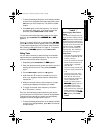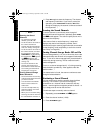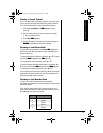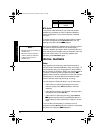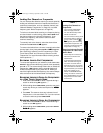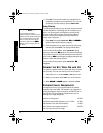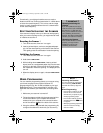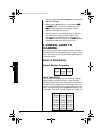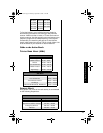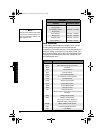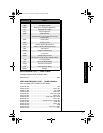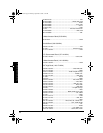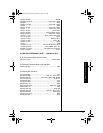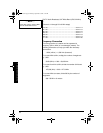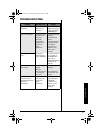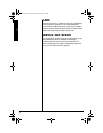
A General Guide to Scanning
25
To find the birdies in your individual scanner, begin by
disconnecting the antenna and moving it away from the
scanner. Make sure that no radio or TV sets are turned on
near the scanner. Use the search function and search every
frequency range from its lowest frequency to the highest.
Occasionally, the searching will stop as if it had found a
signal, often without any sound. That is a birdie. Make a list
of all the birdies in your scanner for future reference.
)WKFG"VQ"VJG"#EVKQP"$CPFU
6
;2+%#."$#0&"75#)'"*/*<+
2
4+/#4;"75#)'
As a general rule, most of the radio activity is concentrated
on the following frequencies:
396.9375 399.5125 407.8375
413.7250 416.8125 426.7875
429.2375 431.8375 437.2375
439.7125 448.3750 453.7500
455.7000 460.8625
8*("$CPF
Low Range 29.00 – 50.00
6-Meter Amateur 50.00 – 54.00
Aircraft 108.00 – 136.00
U.S. Government 137.00 – 144.00
2-Meter Amateur 144.00 – 148.00
High Range 148.00 – 174.00
7*("$CPF
Military Aircraft 380.00 – 384.00
U.S. Government 406.00 – 420.00
70-Centimeter Amateur 420.00 – 450.00
Low Range 450.00 – 470.00
FM-TV Audio Broadcast, Wide Band 470.00 – 512.00
8*("$CPF
#EVKXKVKGU (TGSWGPEKGU"*/*\+
2-Meter Amateur Band 144.000 – 148.000
Government, Police, and Fire 153.785 – 155.980
Emergency Services 158.730 – 159.460
Railroad 160.000 – 161.900
20-424.fm Page 25 Monday, September 9, 2002 9:44 AM



